F-10A : 10" Full HD HDR Field Monitor
The F-10A is the new 10" field monitor with HDR capability and Full HD resolution. Designed for versatile field production applications, the F-10A offers nearly half the weight and slimmer design compared to its class size. It also supports HDMI 2.0 and HDCP 2.2 to support 4K HDR 60Hz and supports various video signals (3G HD/SD-SDI, HDMI). In addition, it provides various professional functions such as HDMI ↔ SDI conversion output, Camera LUTs, Arri Metadata Display, Waveform/Vectorscope, H/V Flip, Auto Flip, Scan and Image Overlay.
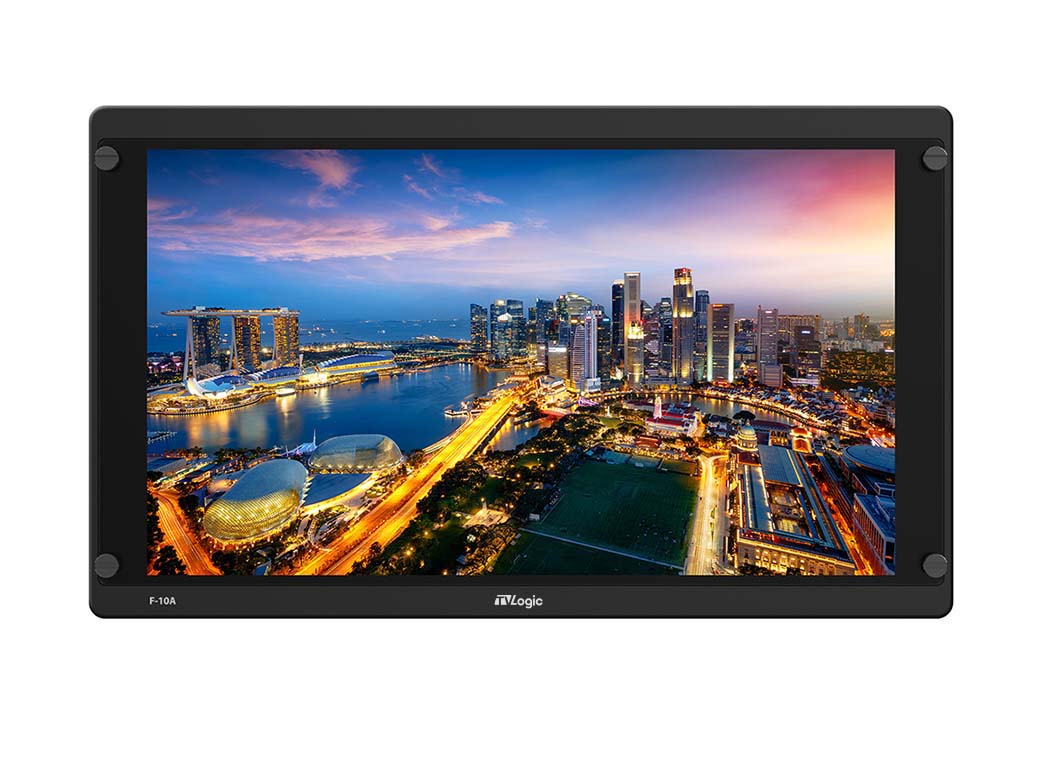
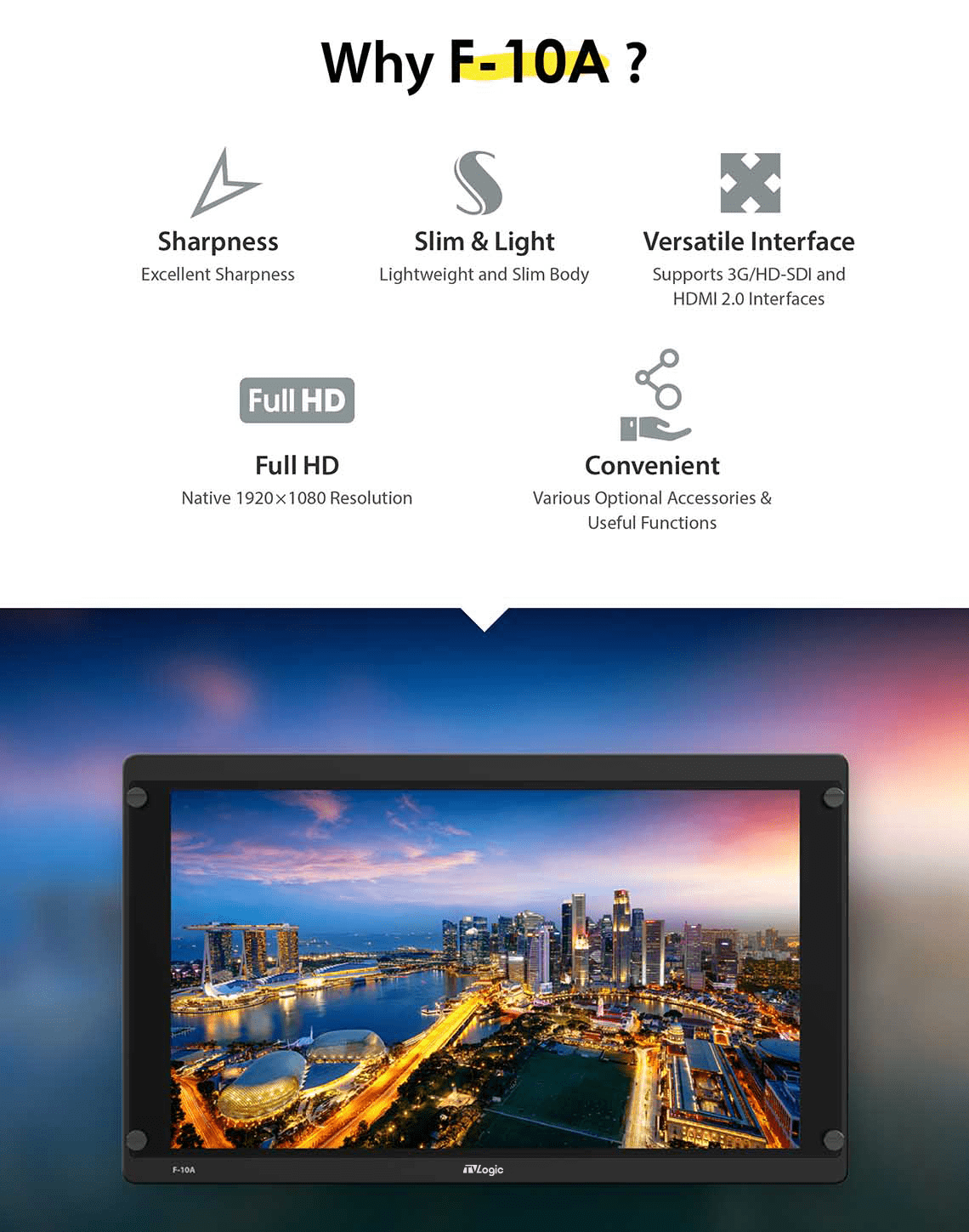





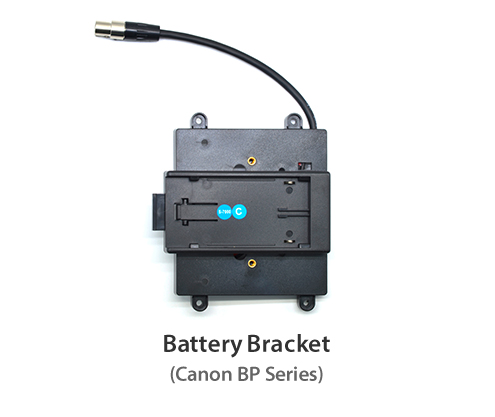


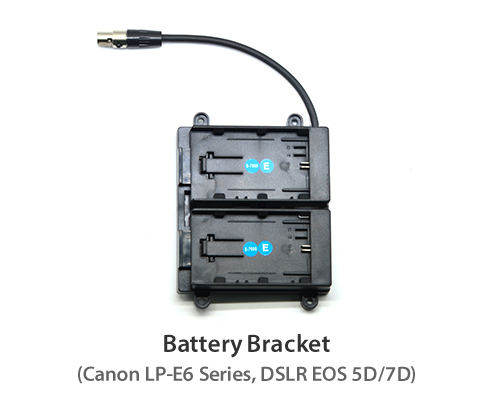



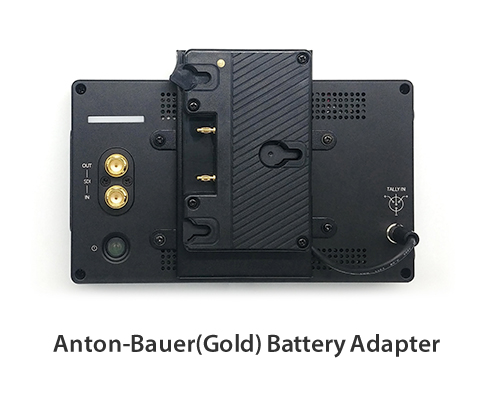

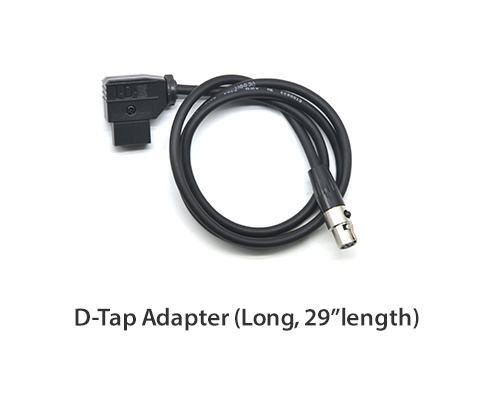






10" FHD HDR Field Monitor with
3G-SDI & HDMI(2.0)
The F-10A is the new 10" field monitor with HDR capability and Full HD resolution.
Designed for versatile field production applications, the F-10A offers nearly half the weight and slimmer design compared to its class size.
It also supports HDMI 2.0 and HDCP 2.2 to support 4K HDR 60Hz and supports various video signals (3G HD/SD-SDI, HDMI). In addition, it provides various professional functions such as HDMI ↔ SDI conversion output, Camera LUTs, Arri Metadata Display, Waveform/Vectorscope, H/V Flip, Auto Flip, Scan and Image Overlay.

Main Body Dimensions
Main Body 258 x 154 x 29.8(mm) / 10.15 x 6.06 x 1.17(inch)
Weight 1.3kg / 2.86lbs
Product Highlights
• 10” Full HD Resolution (1920 x 1080)
• 3 × 3G-SDI (1 × Selectable I/O)
• 4K/60p HDMI Input
• HDMI - SDI Cross Conversion
• HDR (PQ, HLG, S-Log3)
• Custom 3D LUT Import by USB Flash Drive
• Various Built-in Camera LUTs
• ARRI Metadata Display
• Peaking Boost
• Waveform / Vectorscope
• Scan / Anamorphic Desqueeze / Zoom / Split zoom
• H Flip & V Flip (Auto & Manual)
• Marker
• Focus Assist
• 16ch Audio Level Meter
• Timecode Display
• Luma(Y’) Zone Check
• Screen Tally
Optional Accessories
Basic Accessory


Optional Accessory






















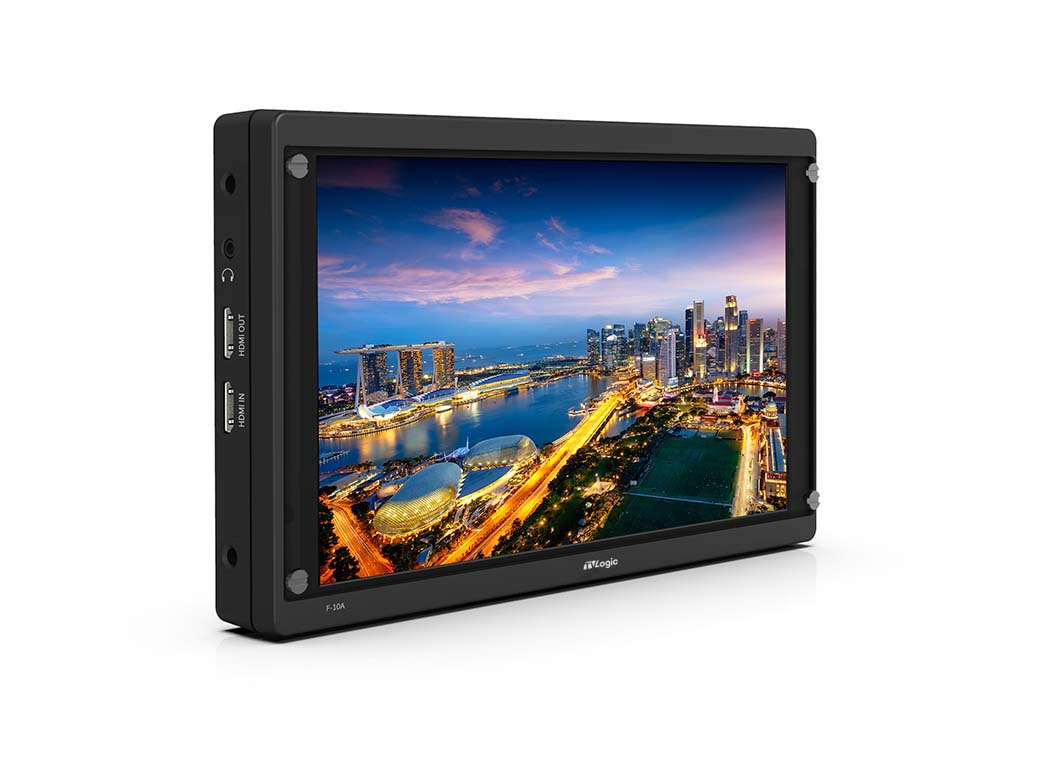
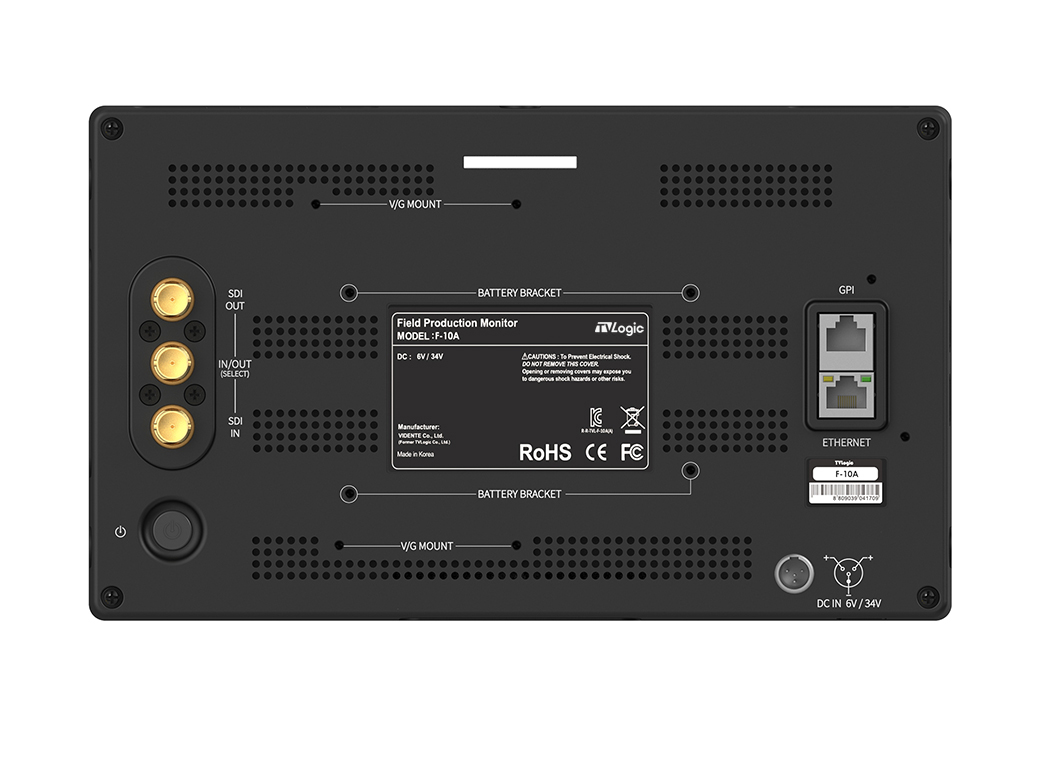
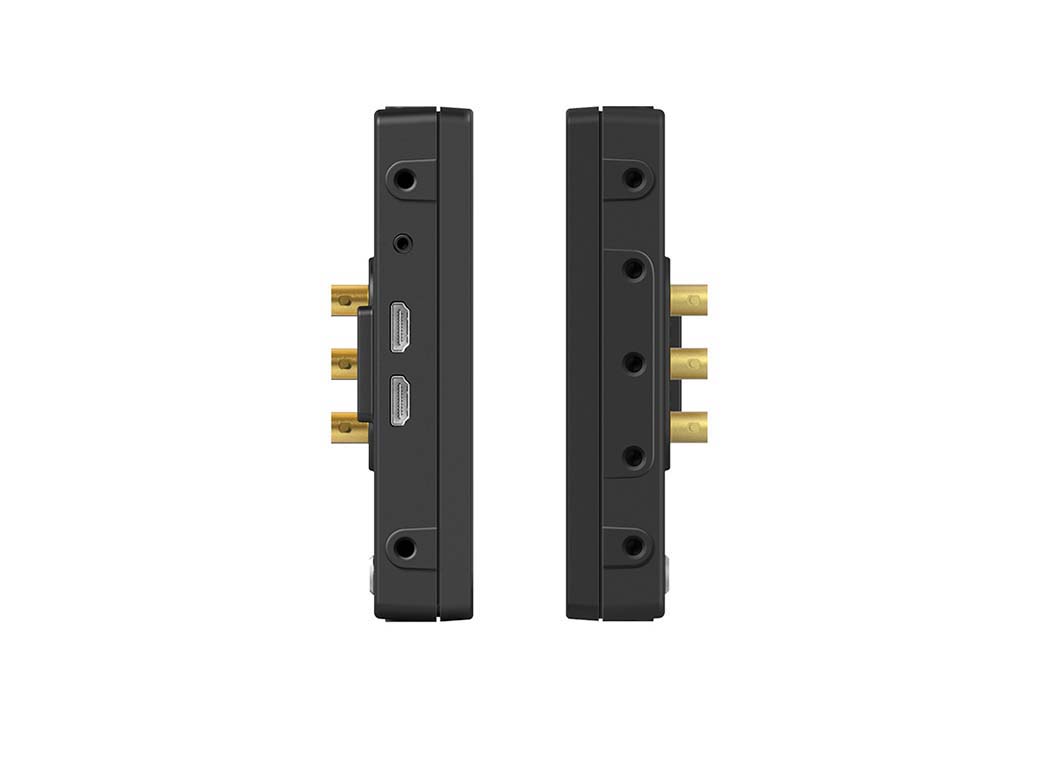


.jpg)